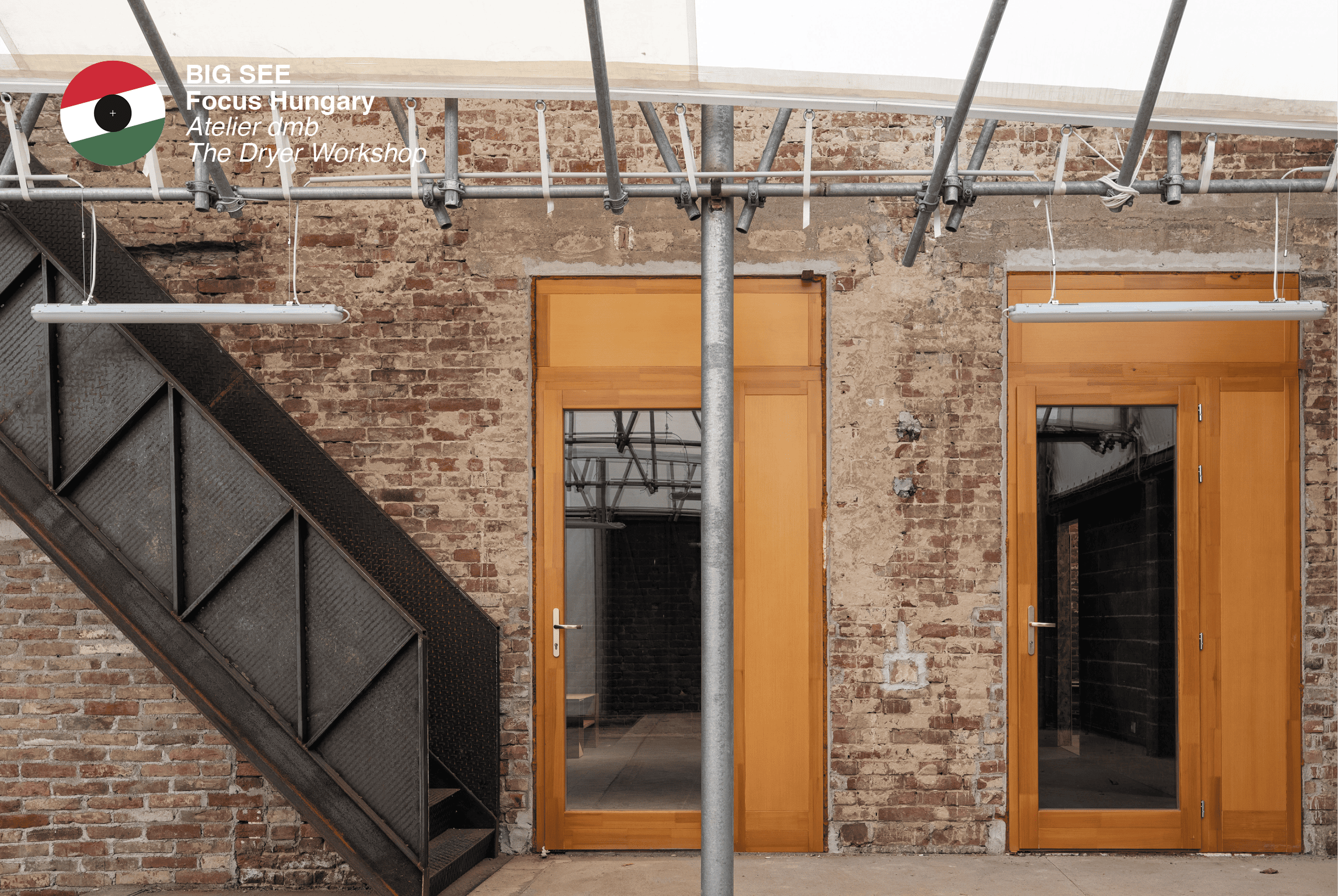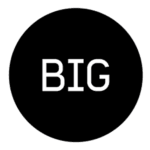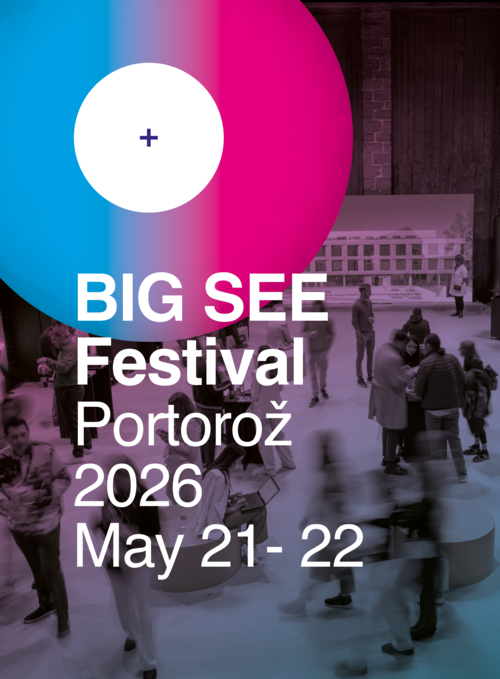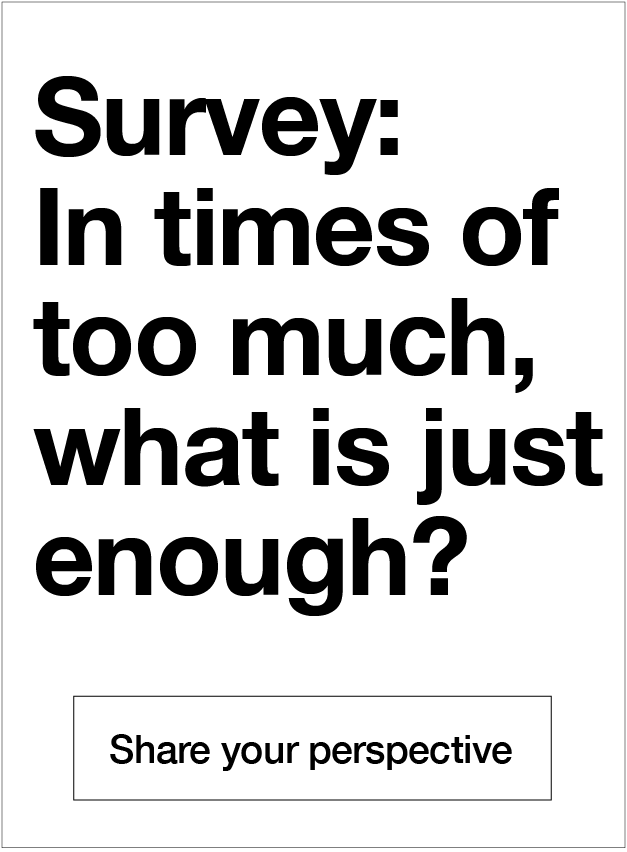3 Questions for Atelier dmb
For us, architecture is not merely about creating physical spaces but serves as a catalyst for strengthening community connections.
Q: How do you see the role of architecture in nurturing and sustaining creative communities within urban environments?
A: For us, architecture is not merely about creating physical spaces but serves as a catalyst for strengthening community connections. We believe it should not only provide a backdrop for life but also offer guidance: conveying visual culture and a sense of lifestyle quality, leading its inhabitants toward a more contemporary and culturally refined way of living – thus providing a better world for them.
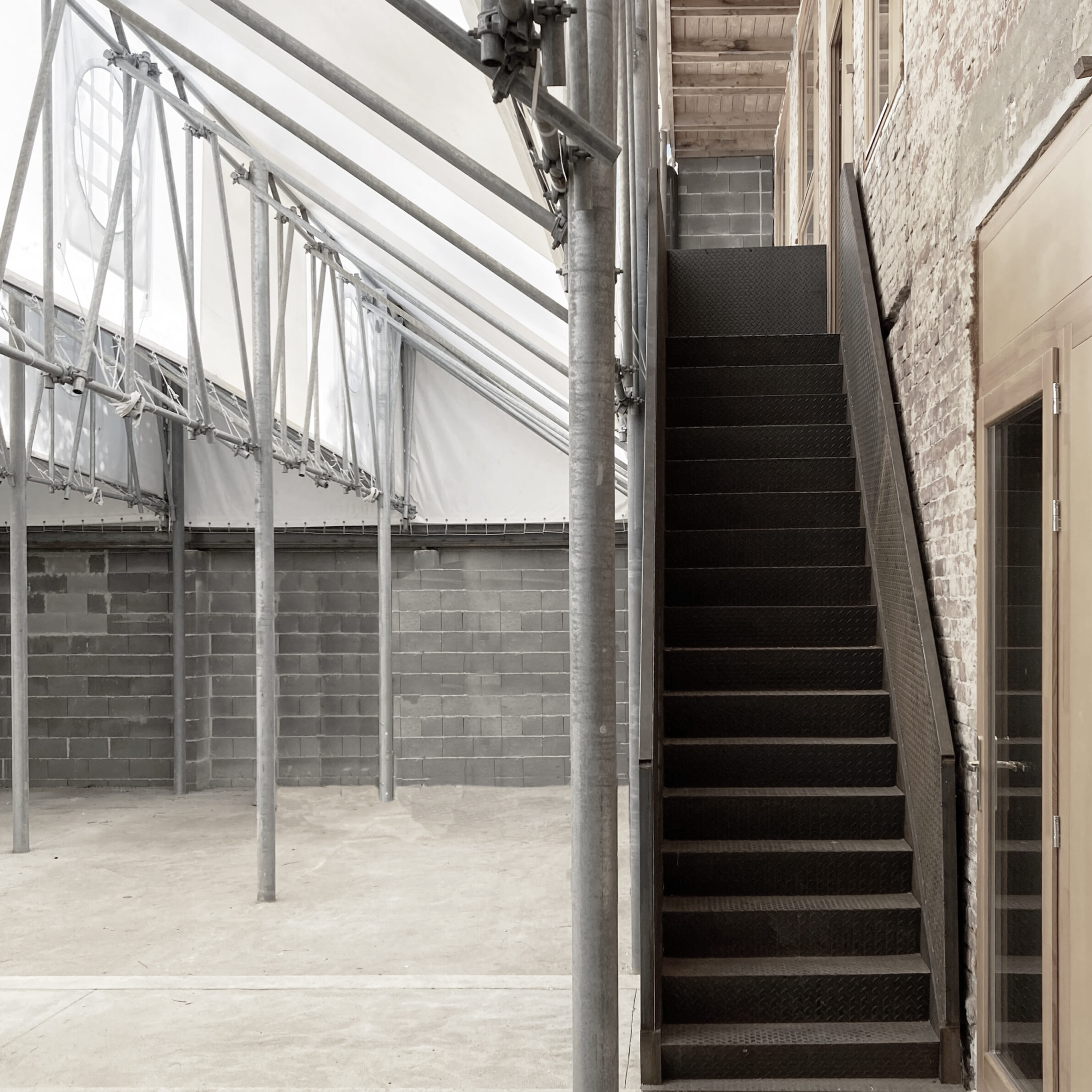
It is crucial that our buildings are genuinely lovable, because this is the essence of true sustainability.
Q: What role does sustainability, both environmental and social, play in your design philosophy for this project and others like it?
A: For us, sustainability is first and foremost an environmental concern: we strive to minimize the ecological footprint of our buildings, use local materials, and implement energy-efficient solutions. Yet social sustainability is even more essential: what is often treated merely as an aesthetic issue—making sure people appreciate the building and enjoy the space—we take very seriously. It is crucial that our buildings are genuinely lovable, because this is the essence of true sustainability.
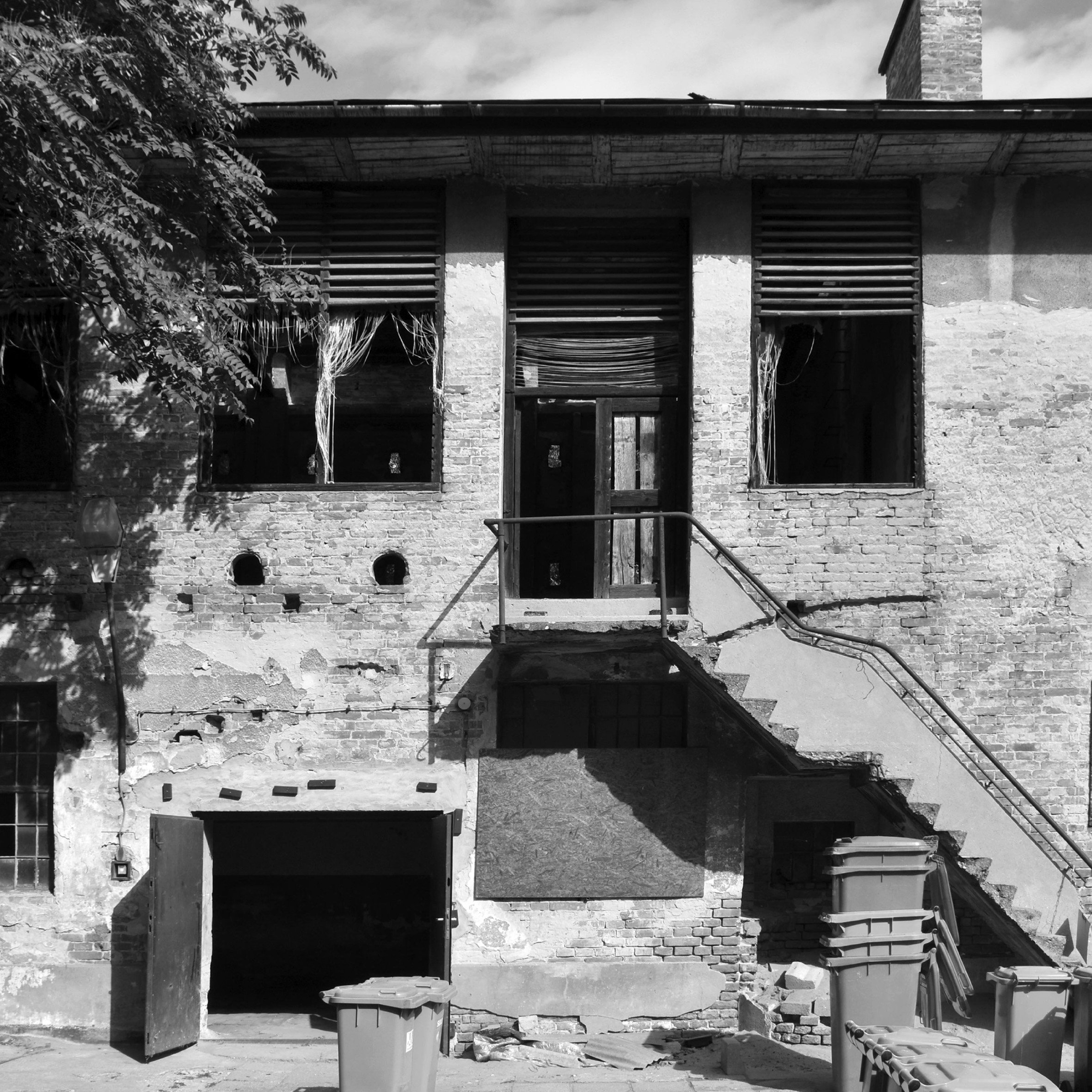
Q: What lessons from this project would you like to carry forward into future architectural interventions focused on cultural preservation and community building?
A: This project confirmed an idea we have long held: that reestablishing a close connection between design and construction is crucial. Our goal is to plan and build in a way that maintains a certain openness throughout the construction process, allowing for handcrafted, context-sensitive, and proportionate solutions, so that architecture can continue writing our cultural heritage with unique, contemporary chapters.
This project confirmed an idea we have long held: that reestablishing a close connection between design and construction is crucial.
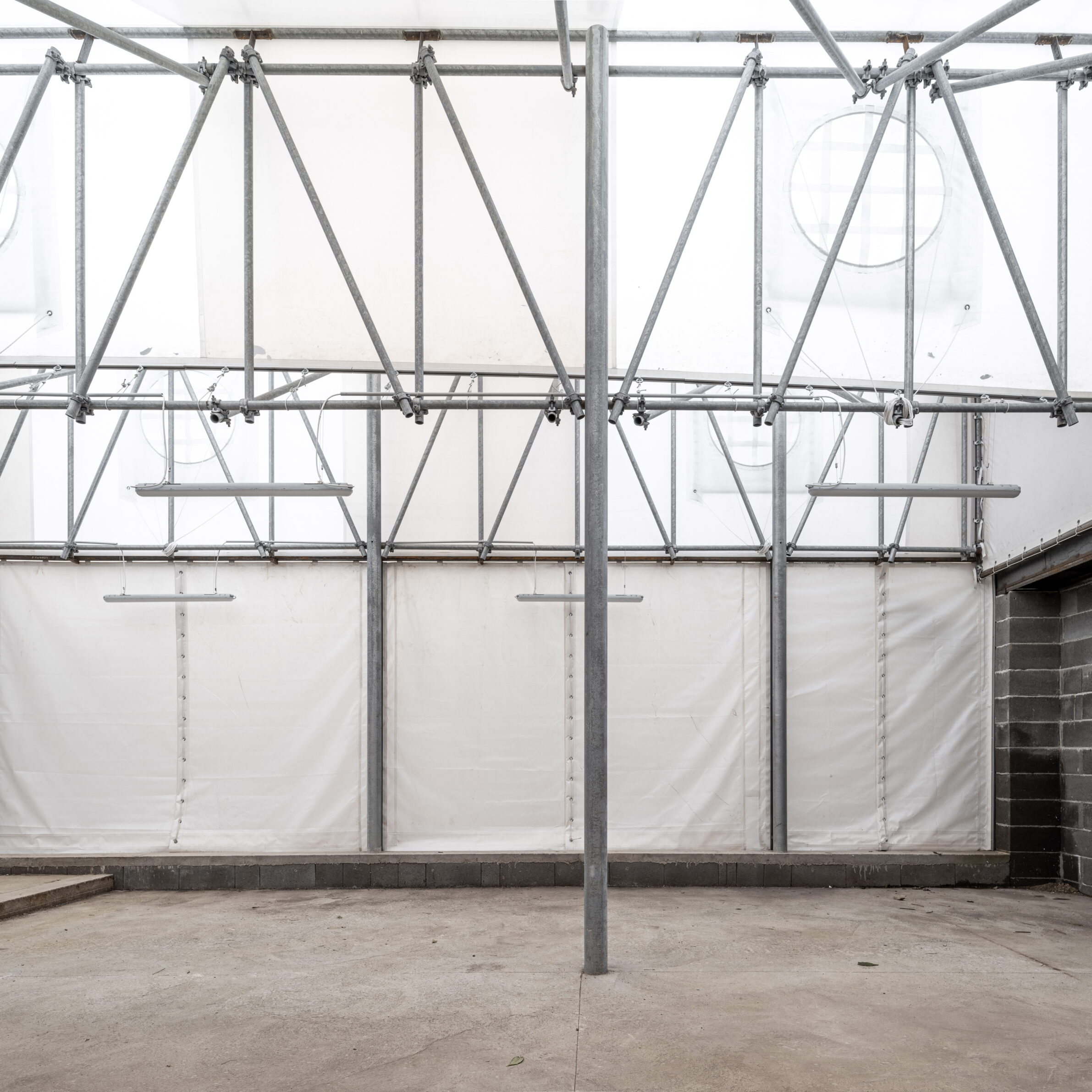
About The Dryer Workshop
Our project started ten years ago when, as faculty members of the Faculty of Architecture at the University of Debrecen, we were searching for a new home. We found this in freer, adaptable spaces, where one can actively engage and be part of a community outside the confines of the university framework.
An important part of our story is kaláka, the collective building process. We developed our incubator house by renovating an existing, dilapidated workshop building, which we had acquired from the city municipality for 20 years. This building once functioned as a leather-traditional drying factory in the former tanner’s district. The design was preceded by a university-sponsored competition. The collaborative construction process and the open design process running in parallel activated our community, and the old drying workshop became our living home.
The message of our project is that a bricoleur can find beauty in almost everything. This sensitivity to the existing is reflected in every detail of our house – whether it is the preservation of a tree that grew in the yard during the five-year construction, the visibility of unfinished surfaces in the building, or the tarpaulin-covered courtyard roofing that evokes the spatial world of leather drying once spread out in the old building.
The building includes four workshop rooms and a covered, tempered courtyard suitable for events and exhibitions. Our architectural tools are flexibility and craftsmanship. We started ten years ago, but the history of its use is only now beginning.
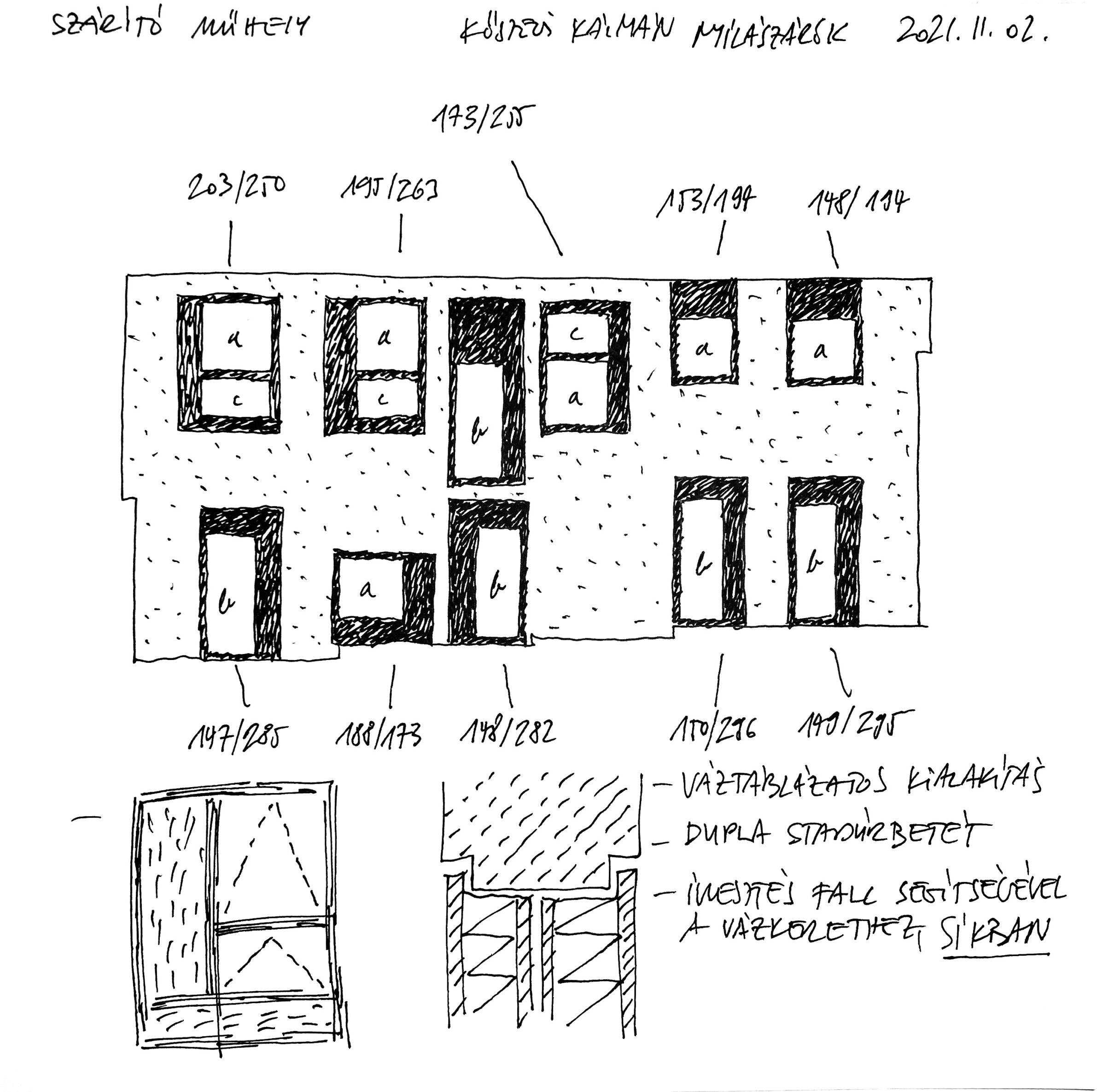
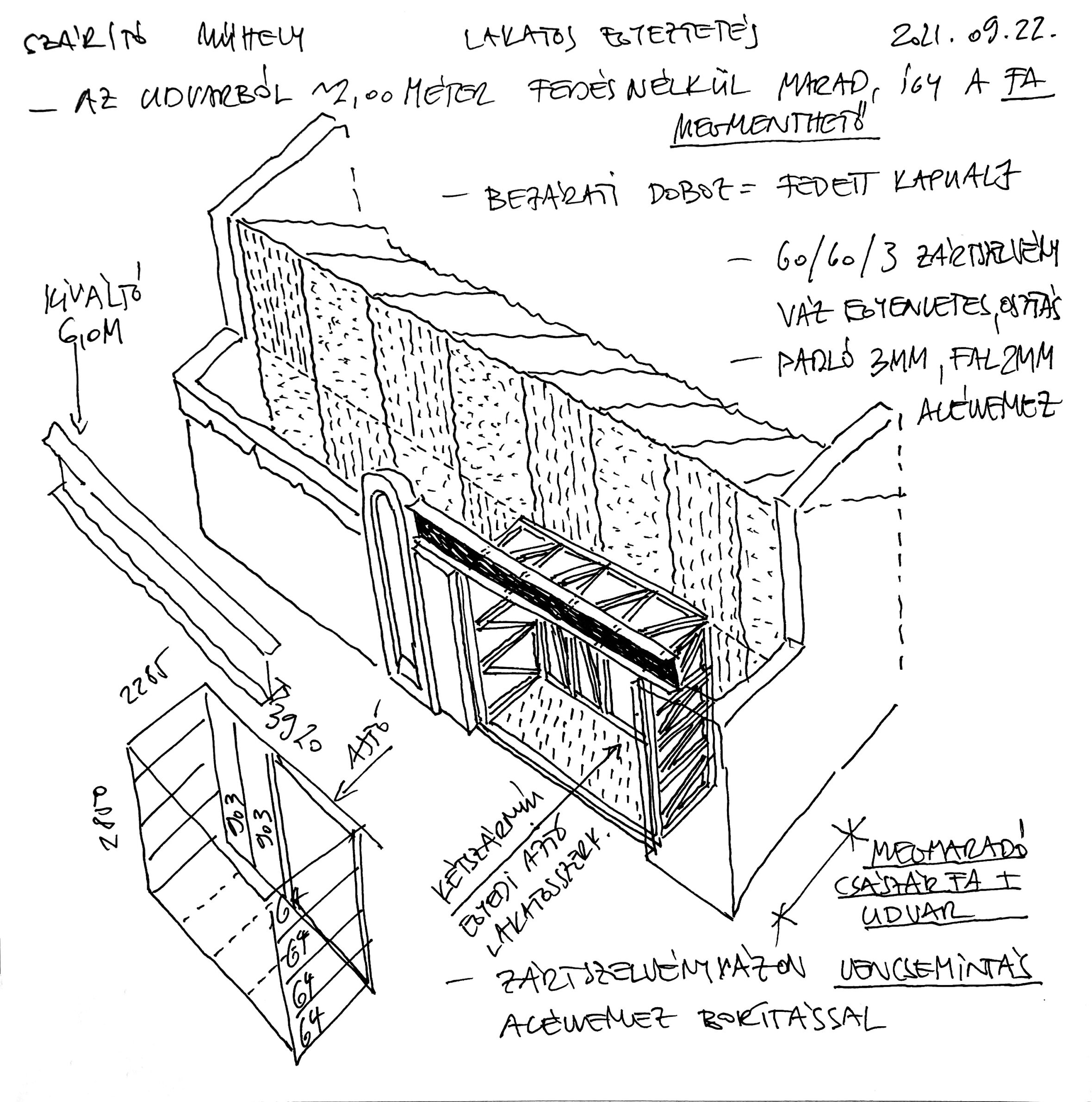
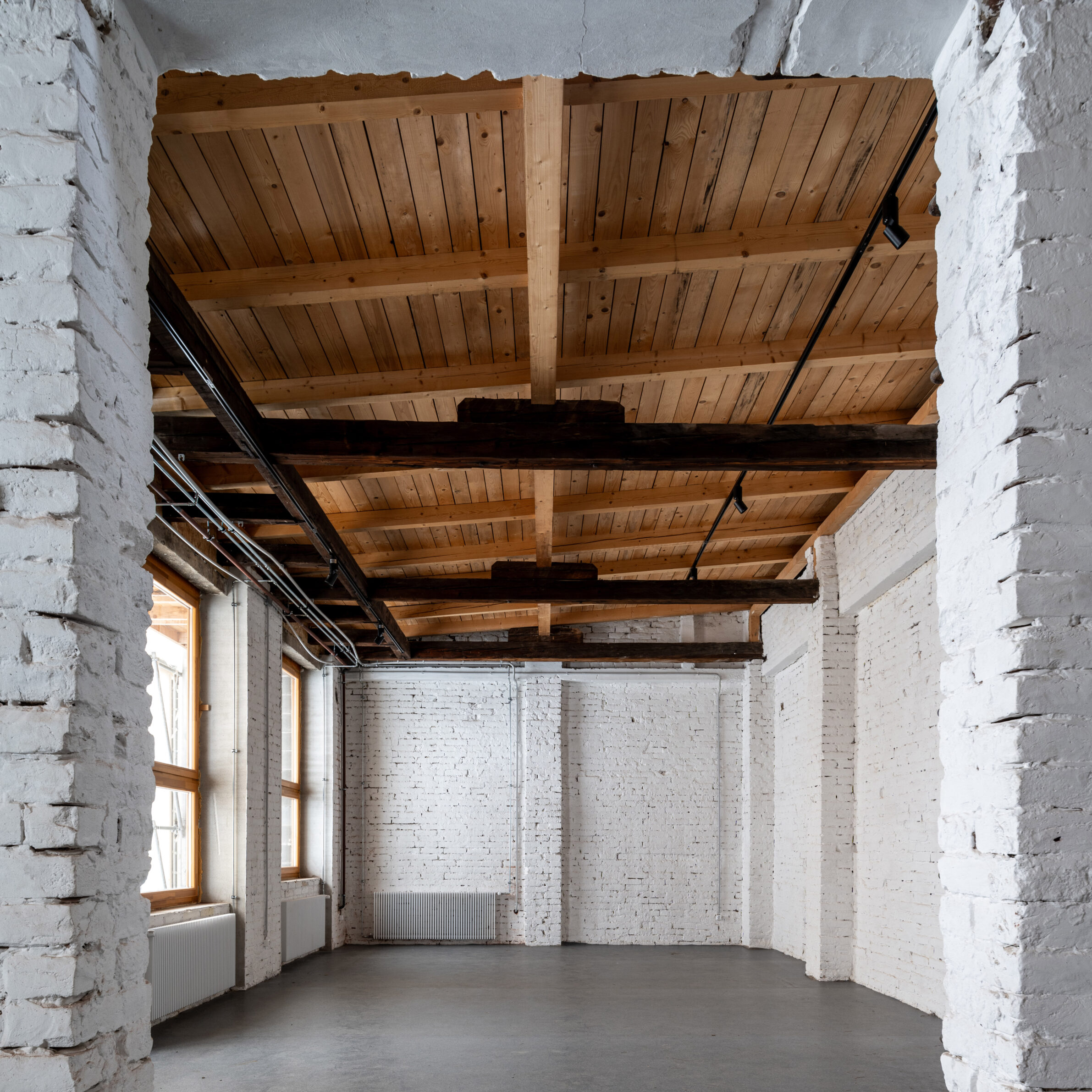
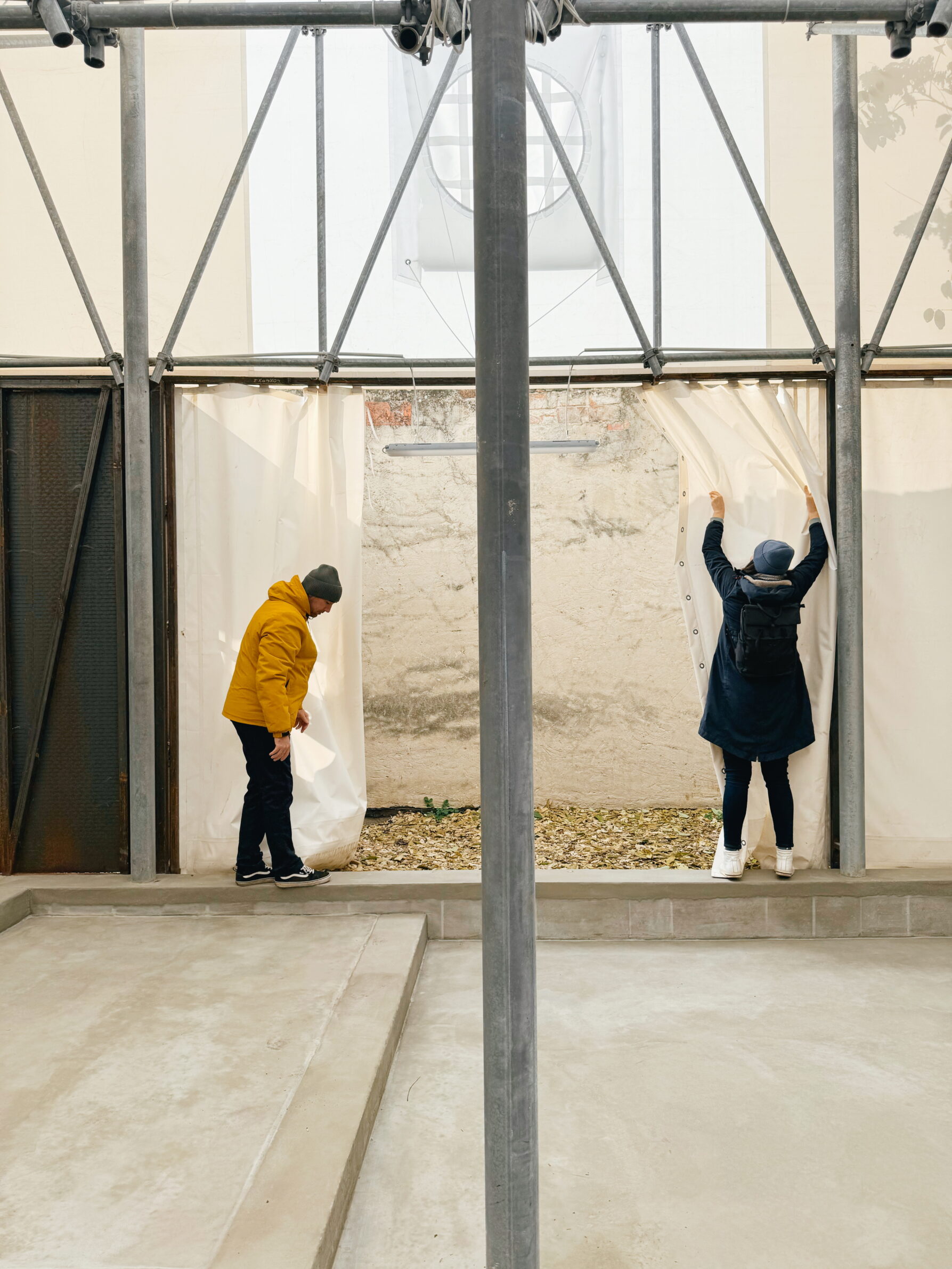
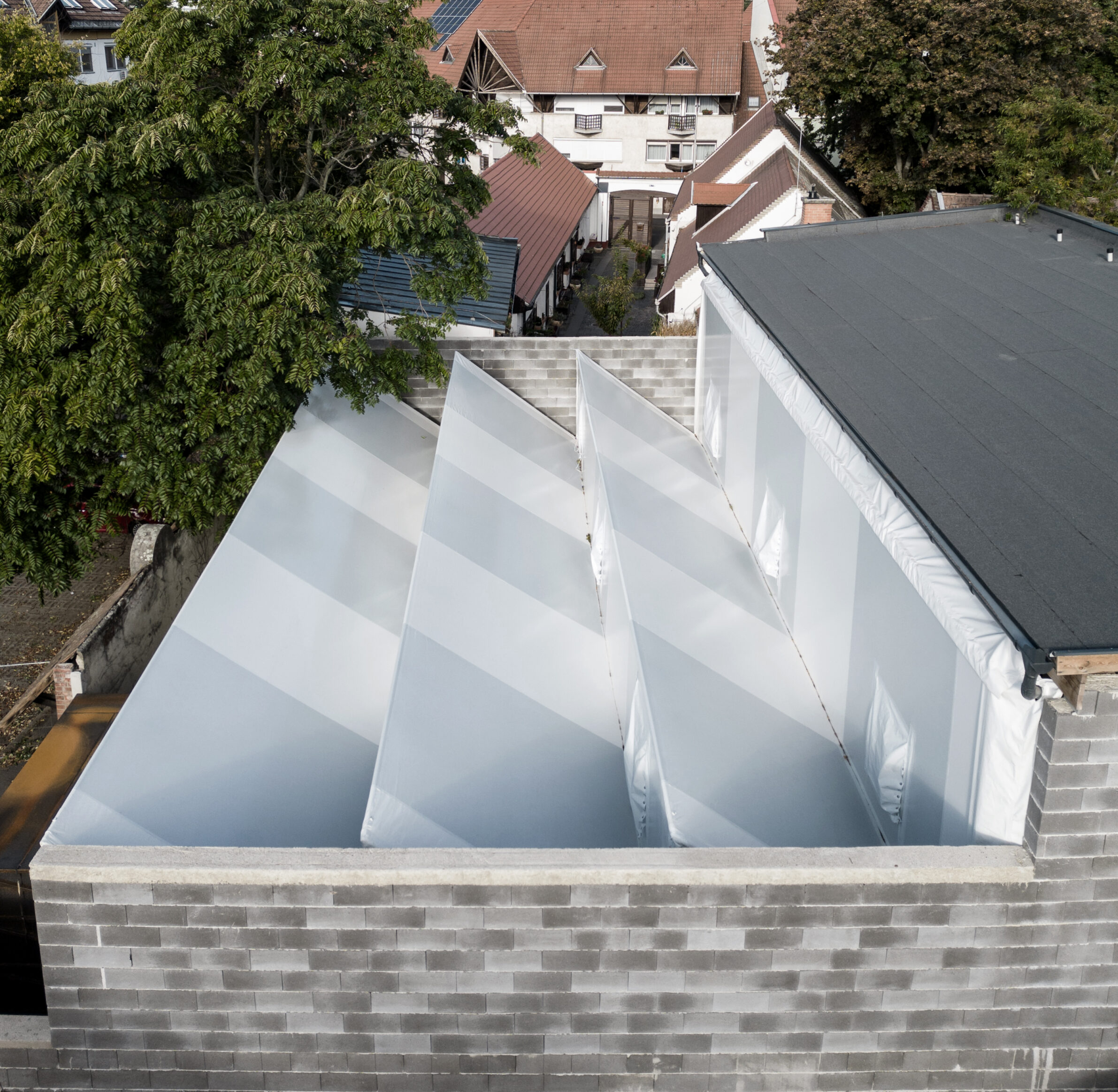
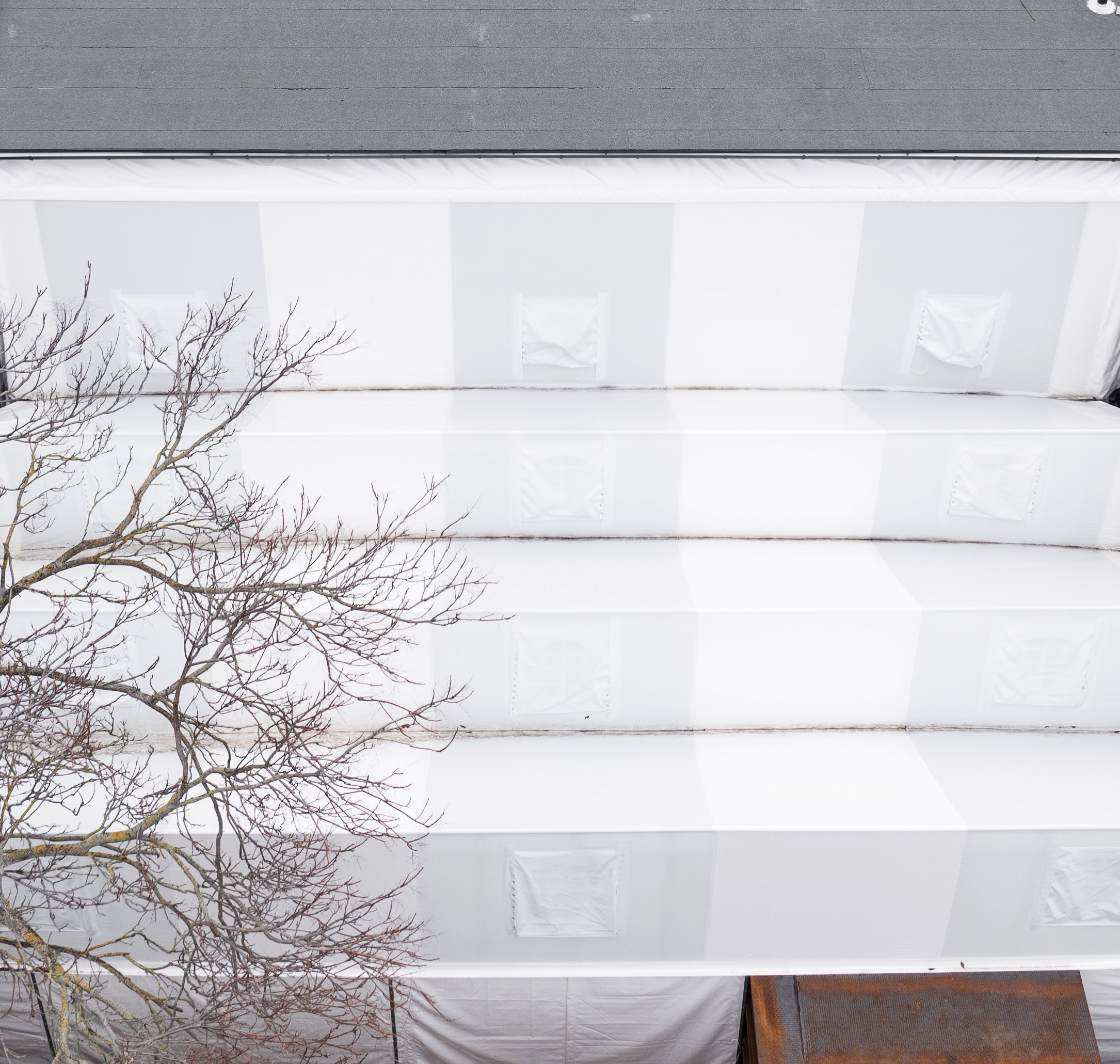
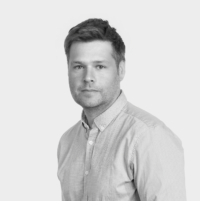
Balázs Falvai
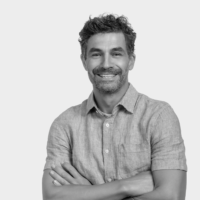
Márton Nagy
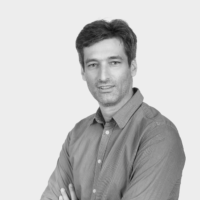
Dávid Török
Project
The Dryer Workshop
Studio:
Atelier dmb
Lead Architects:
Falvai Balázs
Nagy Márton
Török Dávid
Year of Completion:
2024
Location:
Debrecen, Hungary
Edited by:
Tanja Završki


